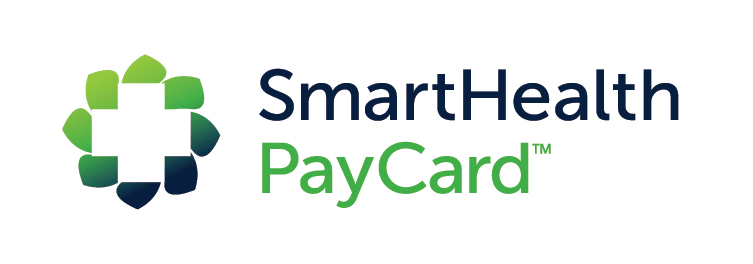Stellate Ganglion Block For PTSD

The Albany Clinic • June 3, 2022
People who live through or experience a trauma sometimes have trouble re-establishing their everyday life. If trouble persists for months or years, they may have post-traumatic stress disorder, but many treatment options are available.
What is PTSD?
Post-traumatic stress disorder (PTSD) is a mental health ailment activated by a frightening event — one that you either witness or experience first-hand. The symptoms can seem all-consuming, interfering with your ability to function at work, school, home, and as a productive member of society.
If you’ve gone through a trauma, you’ll probably have temporary problems adjusting and dealing with the symptoms, but time and good self-care should allow you to get better. Worsening, long-term symptoms could be signs of PTSD.
What Are The Symptoms?
With PTSD, the symptoms normally include :
- Re-experiencing, with flashbacks and physical reactions, bad dreams, and frightening thoughts.
- Avoidance, where you try and stay away from places, events, or objects that remind you of what happened, and you try to force memories of the event out of your head.
- Arousal and reactivity symptoms: being easily startled, tense or on edge, sleeping problems, and anger episodes.
- Cognition and mood symptoms, such as problems remembering key details of the trauma, bad thoughts about yourself or the world, guilt or self-blame, and you’re no longer interested in things you used to enjoy doing.
Who Gets PTSD?
PTSD can happen to anyone, not just combat veterans or first responders. Someone who survived a deadly car crash or assault could get it. But the real statistics are eye-opening. According to the U.S. National Institute of Mental Health :
- About 3.6% of U.S. adults had post-traumatic stress disorder in the past year.
- Past year instances of PTSD among adults were greater for females (5.2%) than males (1.8%).
- The lifetime occurrence of PTSD for all adults was 6.8%.
Know the Causes
No one knows for certain why some people are affected by PTSD, but like other mental health problems, it’s probably triggered by an intricate mix of:
- Stressful experiences, including the quantity and harshness of a trauma you’ve experienced in your life
- Inherited mental health risks passed down through your family, such as anxiety and depression
- Your personality , which most people would call your temperament
- PTSD could also be caused by how chemicals are regulated in your brain and hormones your body dispenses in reaction to stress
Risk factors for PTSD
Risk factors for PTSD are different for everyone, as anyone can be affected by it, but may include:
- Intense or long-term trauma
- Experiencing trauma earlier in life, like childhood abuse
- Your job or kind of employment, especially if it increases your chance of being exposed to traumatic events
- You have other mental health issues
- A history of substance abuse like excessive drinking or drug use
- You don’t have supportive family or friends
- You have blood relatives with mental health issues
Stellate Ganglion Block and PTSD
The Albany Clinic in Carbondale, Illinois, is one of the few clinics nationwide which offers IV infusion therapy and Stellate Ganglion Block to treat symptoms of PTSD. Combined, the two treatments offer impressive results for people experiencing PTSD.
What is a stellate ganglion block?
The stellate ganglion lives in the sympathetic nervous system in your neck, on either side of the voice box. A stellate ganglion block is a procedure where medicine is injected into these nerves and can help reduce pain in your head, neck, upper chest, and upper arm.
Because these nerves are crucial to our natural “fight or flight” response to perceived danger, applying an anesthetic agent or “blocking” these nerves can reduce the symptoms of PTSD. The procedure also can help improve circulation and blood supply to your arm.
A stellate ganglion block can be helpful in diagnosing or treating circulation problems or nerve injuries, such as:
- Reflex sympathetic dystrophy
- Causalgia
- Both type I and II of complex regional pain syndrome
- Herpes zoster infection, which affects the head, neck, arm, or upper chest
- Phantom limb pain.
The procedure is administered intravenously and may take 30-45 minutes to complete. There may be potential risks involved:
- Your right eyelid will droop, your right pupil will be noticeably smaller than the other, and there may be redness around the white part of your right eye for four to eight hours.
- Your voice may seem hoarse.
- Mild soreness at the injection point
If you have PTSD, talk to a healthcare provider for diagnosis and treatment options, including whether stellate ganglion block or ketamine therapy is right for you.
The post Stellate Ganglion Block For PTSD appeared first on The Albany Clinic.







